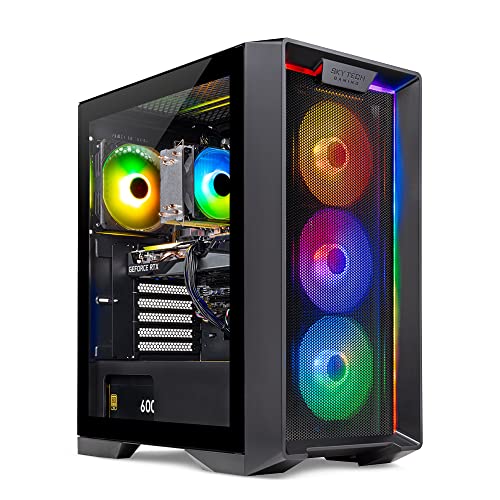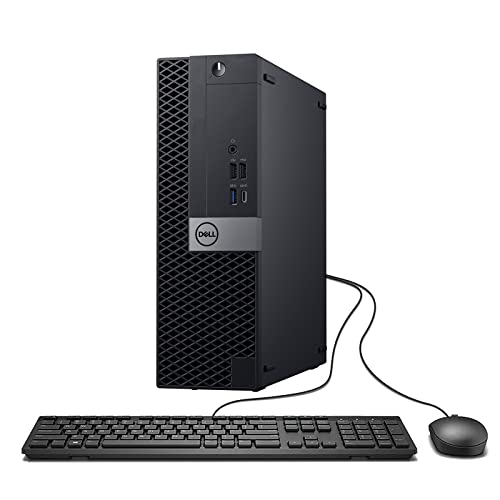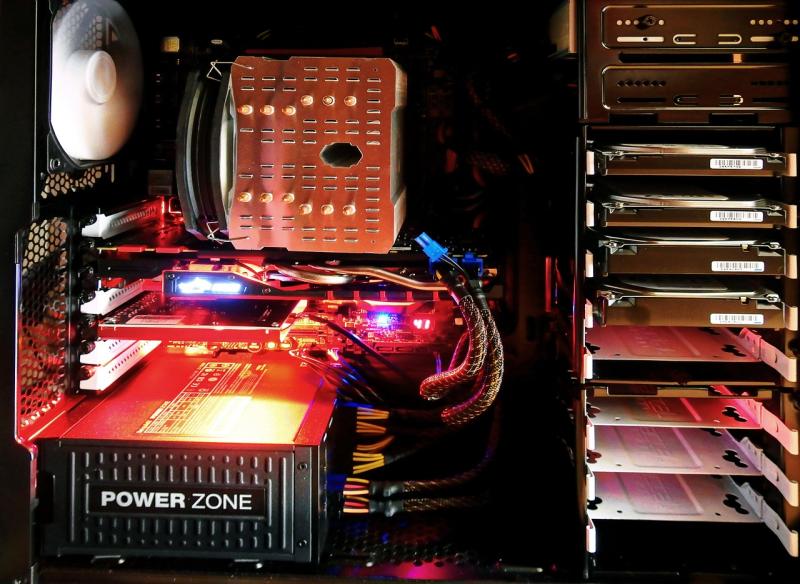**Introduction**
Haptics wearables are redefining human-computer interaction by providing tactile feedback that enhances the immersive quality of virtual and augmented experiences. These devices, such as haptic gloves and vests, integrate advanced sensors and actuators to mimic real-world sensations, creating a deeper, more engaging user experience. This article discusses the latest breakthroughs in haptics wearables and their transformative impact on gaming, training, and interactive media.
**Technological Innovations**
- **High‑Precision Actuators:**
New haptic systems incorporate miniaturized actuators capable of delivering variable feedback based on force and texture, enhancing realism in VR and AR environments.
- **Integrative Sensor Arrays:**
Advanced sensors capture subtle hand and body movements, which are then processed by AI algorithms to generate proportional haptic responses.
- **Wireless Connectivity:**
Enhanced Bluetooth and proprietary low‑latency protocols enable near‑instantaneous feedback, ensuring seamless interaction without restrictive cables.
- **Customizable Feedback Profiles:**
Software platforms allow for the tuning of haptic feedback intensity and patterns, tailoring the experience to individual user preferences and specific applications.
**Applications and Benefits**
- **Immersive Gaming:**
Gamers can experience a more authentic tactile response during interactive play, increasing presence and enhancing competitive performance.
- **Training and Simulation:**
In professional environments, haptic wearables enable realistic simulations for training in medicine, aviation, and military applications, where tactile feedback is critical.
- **Enhanced Interactive Media:**
Content creators and performers can utilize haptics for interactive storytelling, giving audiences a new, multi‑sensory dimension.
- **Improved Accessibility:**
These devices offer alternative modes of interaction for individuals with disabilities, making immersive experiences more universally accessible.
**Future Directions**
Future wearables may integrate additional biometric sensors—such as muscle activity and skin temperature—to further refine haptic feedback. AI‑driven adaptive interfaces could continuously calibrate the intensity and type of feedback, ensuring that the experience remains both realistic and comfortable, even during prolonged sessions.
**Keywords:** haptics wearables, tactile feedback, immersive VR, AR haptics, advanced actuators, wireless haptics, customizable haptics, interactive wearables, haptic gloves
Advanced Haptics Wearables
Enhancing Virtual and Augmented Experiences
Related Articles
Essential High-Performance PC Components You Need Now
Upgrade your setup with the must-have parts for unbeatable gaming and productivity
Top Picks for Best High-Performance PCs
Find the perfect power machine for gaming, work, or creative projects
Your Guide to the Best High-Performance PCs
Find the Right PC for Your Gaming and Creative Needs
View our related products
See more






